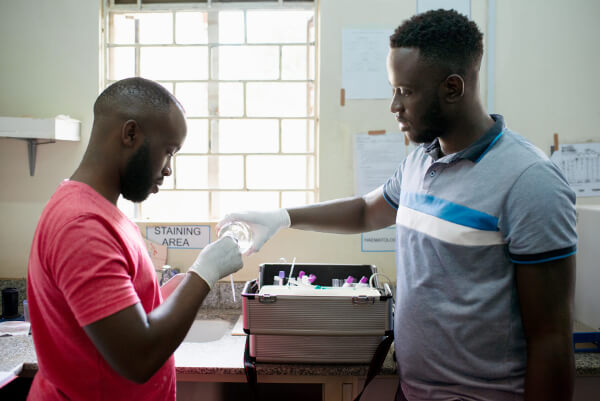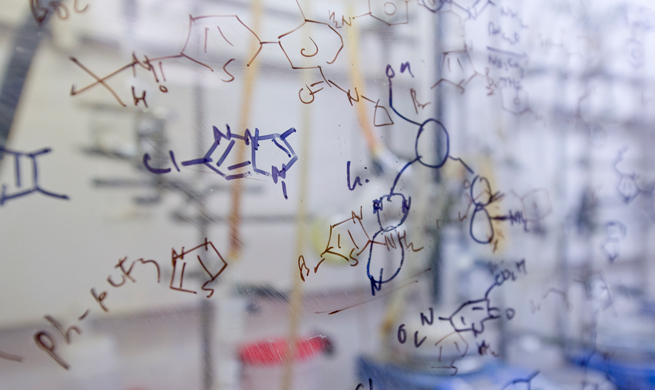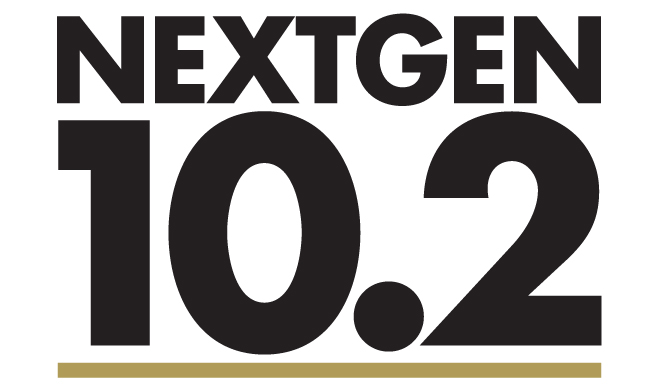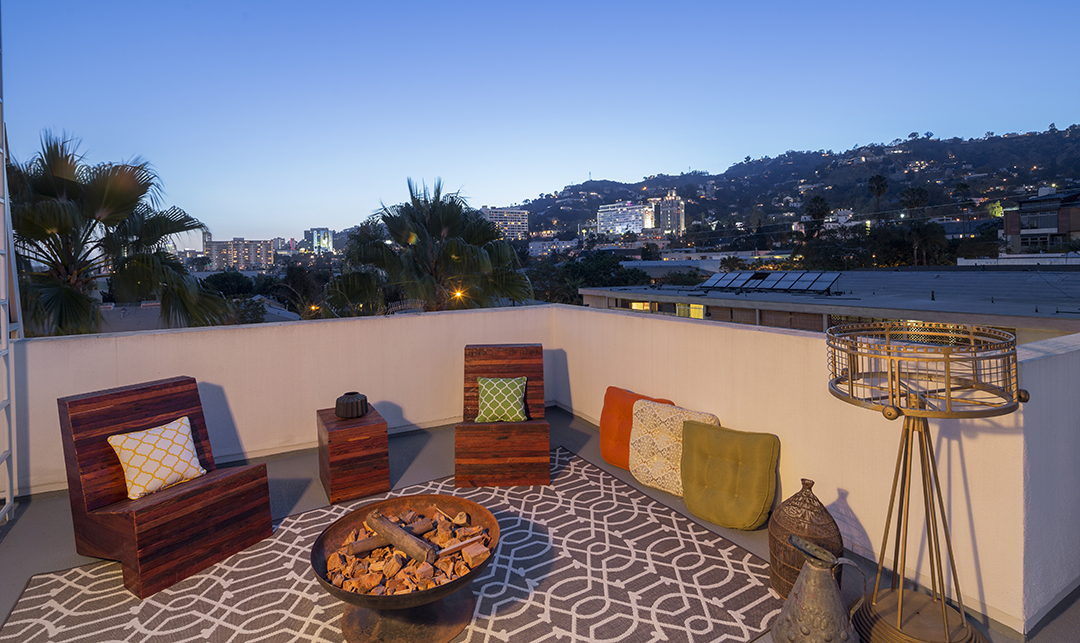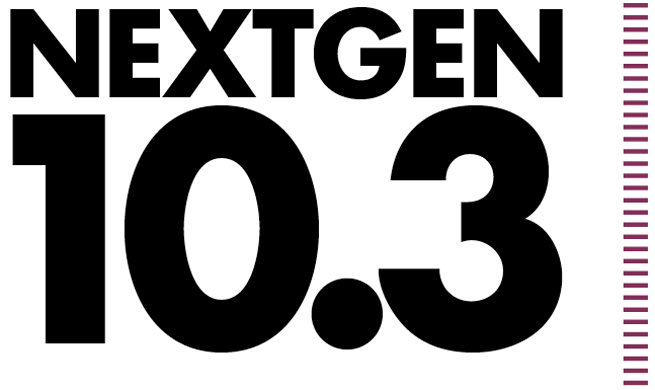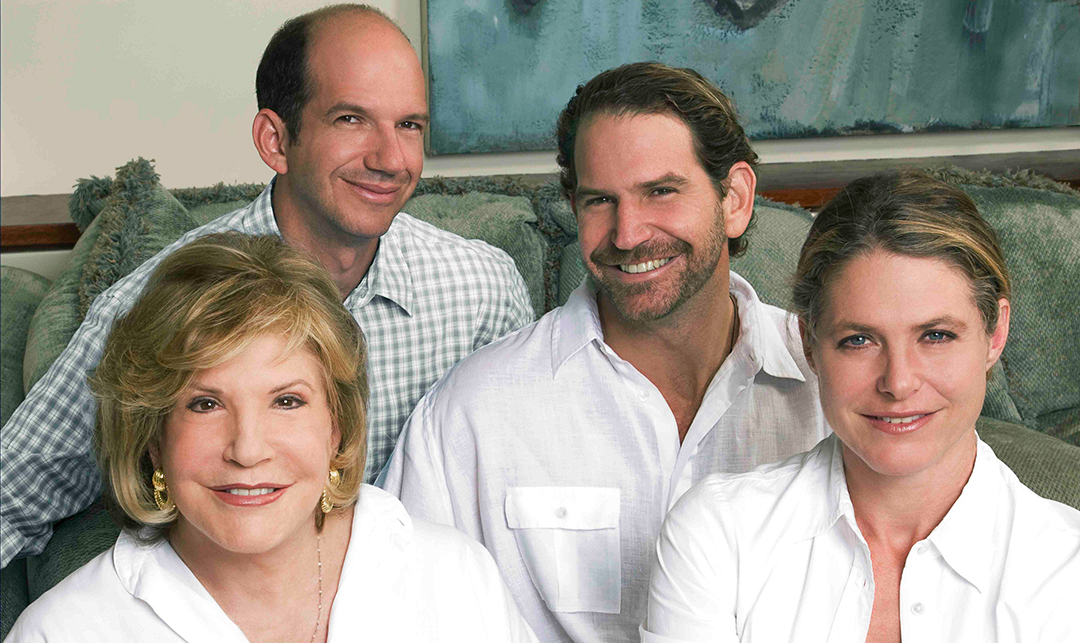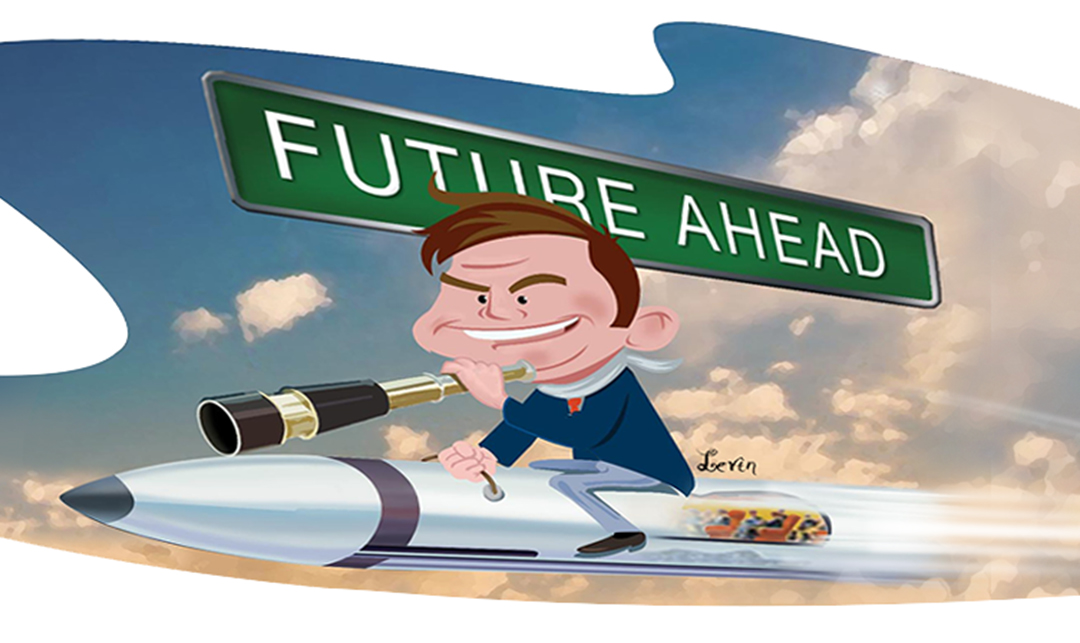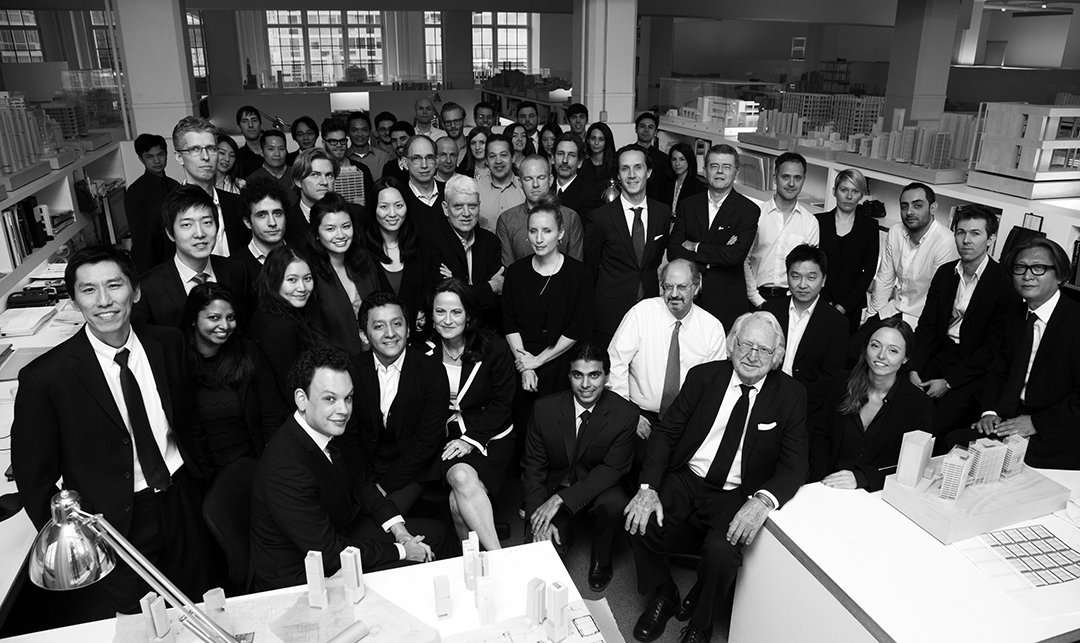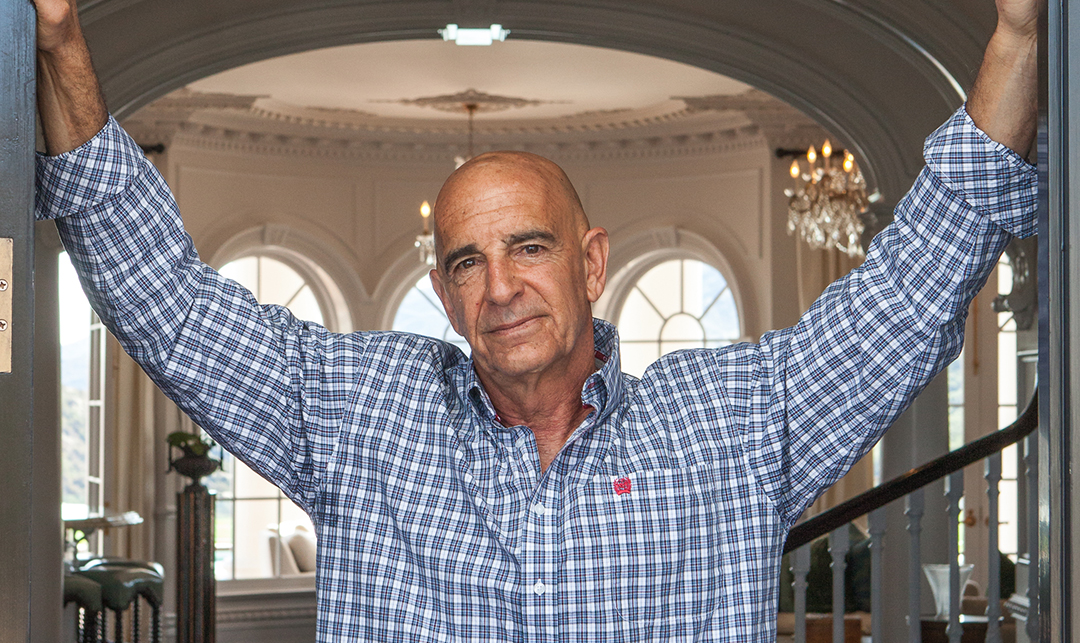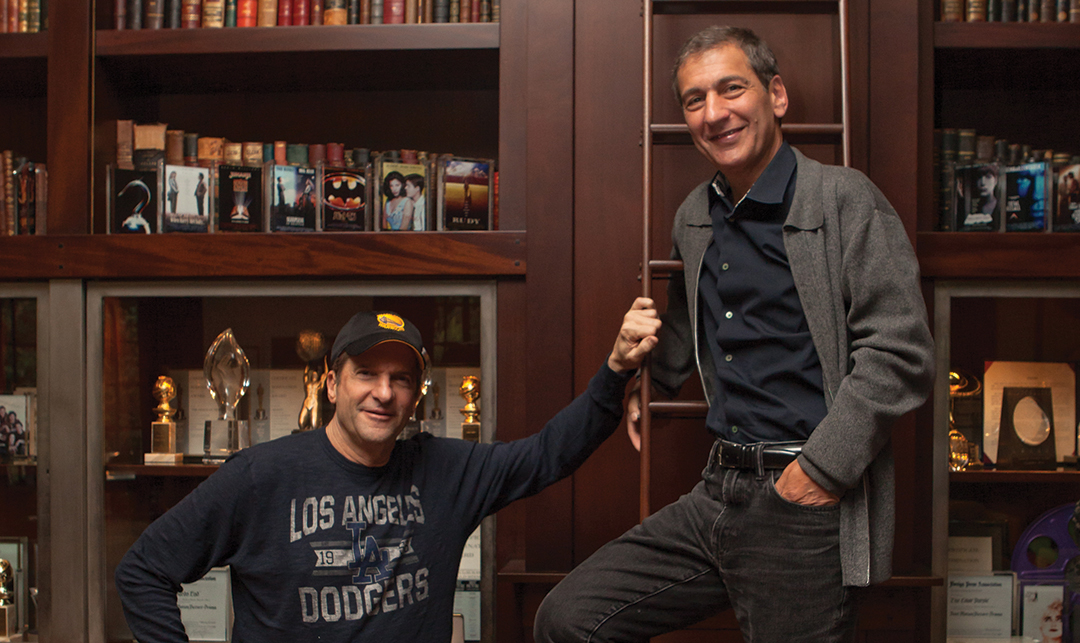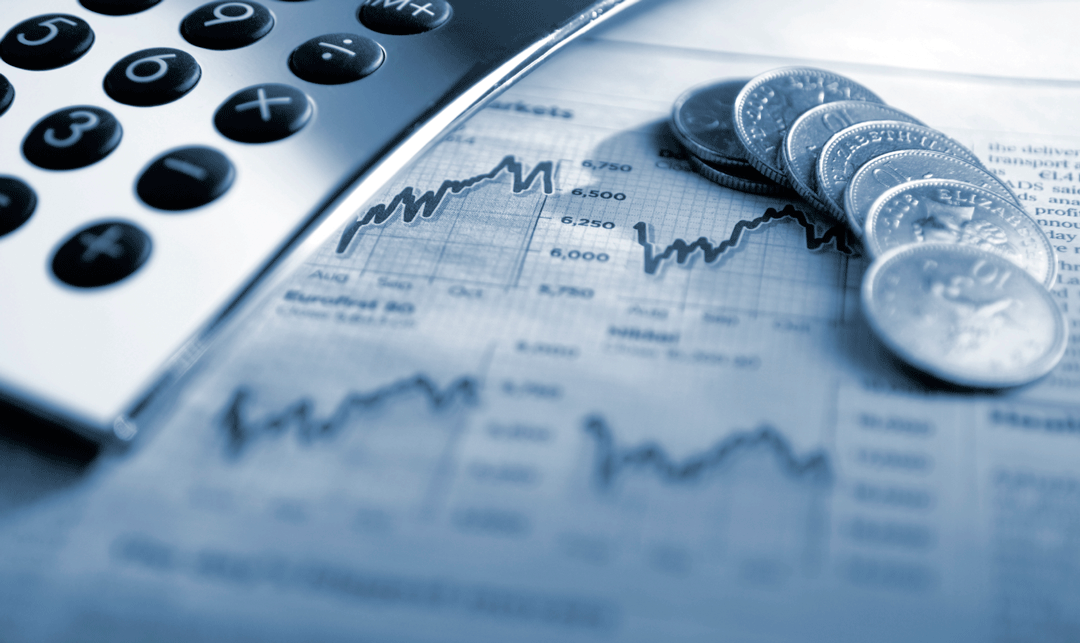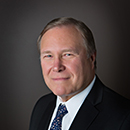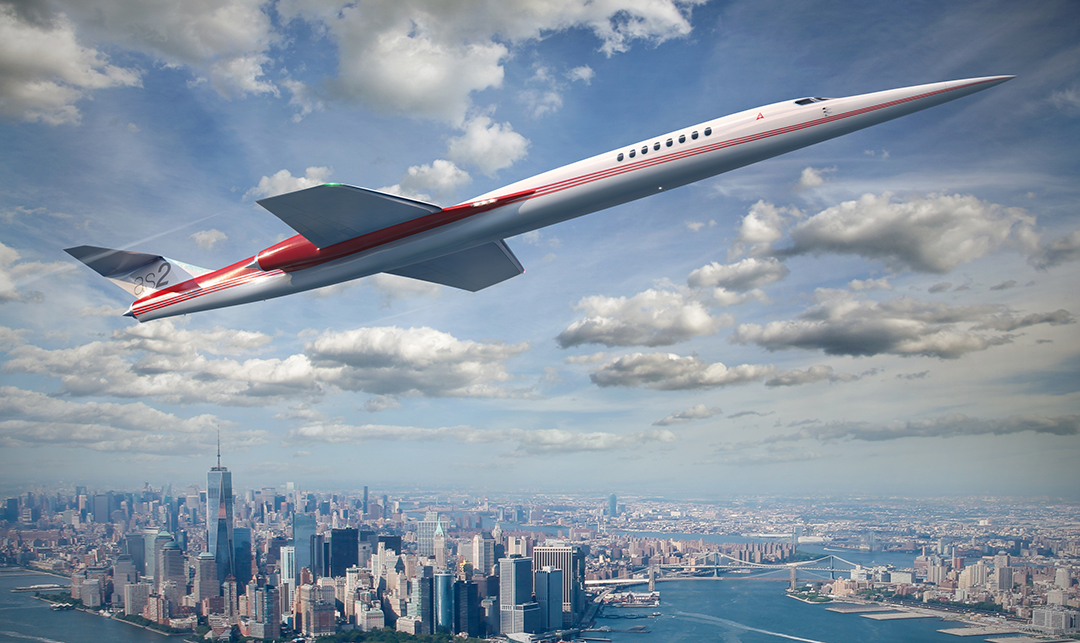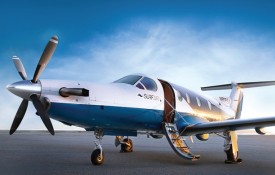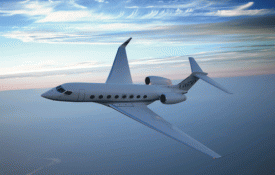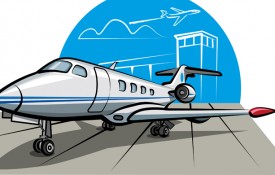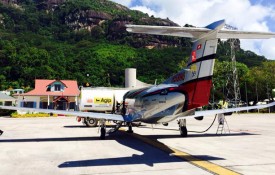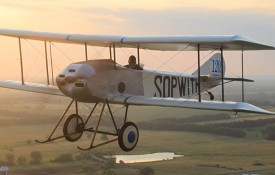“Speed is overrated”… said no one, ever! Consider the automobile; in the beginning it was quite literally the horseless carriage, and as a result of the human condition, we created some of the most luxurious, 200+mph, 0-60 in sub-three-second-supermachines of today. Those speeds offer an experience, stature, and achievement, but not functionality. You have to appreciate the irony when such a machine rolls by at a nearly undetectable speed on the freeway during rush hour.
Taking speed a step further, innovation and technology will undeniably pull us to exceedingly higher speeds, both on the ground and in the air. Case in point, the development and future of supersonic aircraft. Doug Nichols, CEO of Aerion Corporation, discussed the reemergence of supersonic travel and their development of a private jet to fit the bill.
Aerion is developing the AS2, set to become the first Supersonic Business Jet on the market in 2023. In November, the company announced that Flexjet had placed a $2.4B order for 20 AS2 aircraft. The AS2 is different than any previous airplane, principally in terms of aerodynamics and sheer performance. Its outline embodies the new shape of practical, efficient, supersonic flight. A supersonic natural laminar flow wing and other drag-reducing features set it apart. The AS2 will fly at Mach 1.5 (1,150 mph). Rapid transatlantic dashes and other long-range routes can be accomplished 67 percent faster than the top cruise speeds of current or anticipated long-range subsonic jets.
CSQ&A
Doug Nichols
CEO, Aerion Corp.
CSQ Who needs the speed the AS2 is capable of achieving? Is this only a business tool?
DOUG NICHOLS Anyone who is a user of private aviation today understands that time is a precious commodity. The less time they spend in transit, the more time they spend in front of customers, partners, associates, and family. The AS2 can save up to 200 flight hours a year versus the fastest subsonic jets. That’s quite substantial—the equivalent of 25 eight-hour business days or five complete 40-hour workweeks. At the upper end of the business jet market, users are moving among multiple offices, businesses, and homes.
CSQ Can you give us a few examples of how fast the AS2 will fly?
DN Sure. Paris to Washington would be approximately 4-and-a-half hours. Time saving versus subsonic, about 3 hours. Moscow to New York, 6-and-a-half hours, saving 2-and-a-half hours. San Francisco to Tokyo, just under 7 hours, saving 3-and-a-half hours.
CSQ How much will it cost?
DN $120M in today’s dollars.
CSQ What is the most revolutionary advancement in this new aircraft?
DN Aerodynamics. We’ve known how to fly supersonically since 1947. Aerion’s great advance is an aircraft that flies with high efficiency over long distances. Aerion technology makes a supersonic business jet a practical proposition, due largely to innovative wing design. Supersonic natural laminar flow reduces friction drag over the wing by about 80 percent, reducing drag over an optimized airframe by as much as 20 percent. When you can reduce drag by this magnitude, you are able to substantially reduce power requirements and fuel consumption. Although the commercial and private aviation industries have regressed in supersonic speeds by retiring the Concorde, there were a number of reasons the general public didn’t embrace this new technology. The privacy and flexibility of a re-launch within the private aviation sector will undoubtedly disrupt the status quo for the speed of business and most likely drive an entirely new revolution in supersonic commercial travel that everyone will enjoy.
/ aerionsupersonic.com




